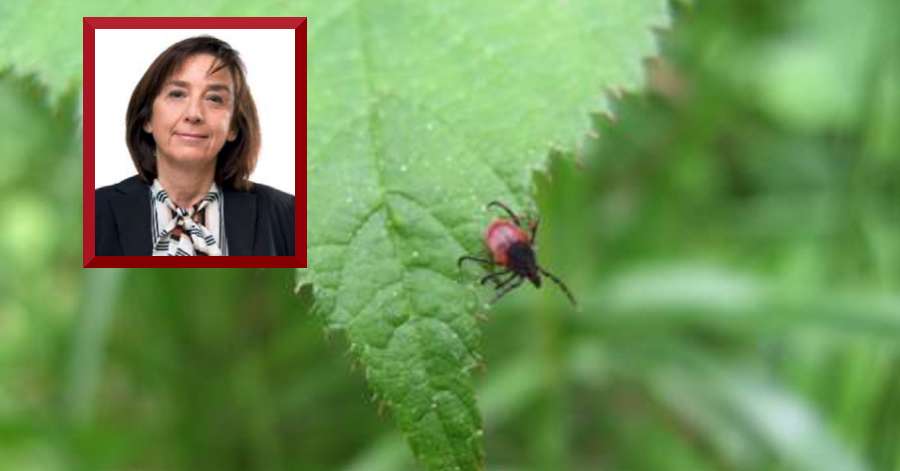Ticks and Tick-Borne Infections on the Rise in Trentino, Italy
Trento, Italy – The number of tick-borne infections in Trentino, Italy has seen a worrying increase in recent years, according to official data. The Councilor Segnana shared alarming statistics, revealing that cases of Tbe (meningoencephalitis) have risen from 17 in 2013 to 40 in 2022, while cases of Lyme borreliosis decreased from 31 to 28. These numbers indicate the urgent need for increased awareness and precautionary measures.
In a recent interview with Annapaola Rizzoli of the Mach Foundation of San Michele, she shed light on the causes behind the rise in tick populations and the diseases they transmit. Rizzoli explained that several factors contribute to the increase, including the expansion of the tick’s habitat, an increase in altitude due to climate change, and the creation of suitable conditions caused by deforestation. Additionally, the period of tick activity is now longer, with ticks being active as early as February.
Rizzoli emphasized the importance of awareness and prevention. The residents of Trentino have become more cautious, as evidenced by the significant increase in tick-borne Tbe vaccines administered in 2022. A total of 51,000 doses were given, compared to 15,000 the previous year.
It is crucial for people to avoid exposure to ticks by taking preventive measures. Rizzoli advised individuals to use repellents, although they do not guarantee 100% protection, they significantly reduce the risk. Regularly checking the body for ticks after being in wooded areas is also crucial, as the transmission of infections can occur within a few hours. Ticks tend to hide in hidden areas, such as behind the ears, at the hairline, under the armpits, behind the knees, and in the groin area.
Furthermore, Rizzoli highlighted ongoing research to understand factors that contribute to the spread of ticks. The presence of predators, such as bears and wolves, has been found to reduce tick populations in studies conducted in the United States. Monitoring activities in Trentino involve collecting and analyzing ticks in various study sites to determine the most effective strategies for managing and controlling the tick population.
In conclusion, the rise in tick-borne infections in Trentino serves as a reminder of the need for increased awareness and preventive measures. By staying vigilant, keeping the environment clean, and taking necessary precautions, individuals can reduce the risk of being infected by ticks and the diseases they carry.
